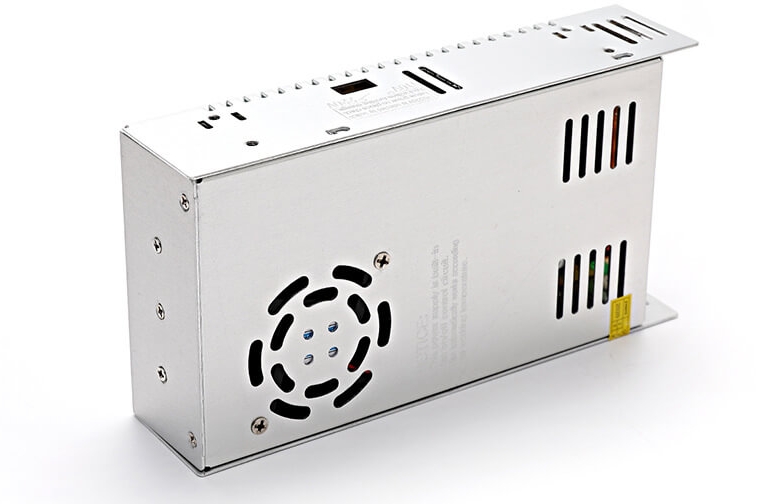How does the LED power supply distribute voltage to the LED?
The LED power supply distributes voltage to the LED through voltage regulation.
An LED (Light Emitting Diode) is a semiconductor device that emits light when operated at a forward voltage. In order for an LED to work properly and emit light, the appropriate voltage needs to be applied across the LED. The operating voltage of an LED is usually determined by its specific voltage drop (Forward Voltage Drop). Different types and colors of LEDs have different voltage drops, usually between 2V and 4V.

LED power supply
The main task of the LED power supply is to provide stable voltage and ensure that the LED receives the required voltage to prevent overcurrent and overheating. LED power supplies are usually DC power supplies because LEDs conduct electricity in one direction and can only operate at forward voltage.
In a real application, if you are connecting multiple LED lights, you may need to organize them into suitable circuits to ensure that they are all supplied with the correct voltage. This can be achieved by connecting LEDs in series or parallel. In a series circuit, each LED shares the same current, while in a parallel circuit, each LED has the same voltage.
The LED power supply ensures that the LED operates normally and achieves the expected bright effect through a stable voltage supply. Correct voltage distribution is critical to LED performance and longevity





